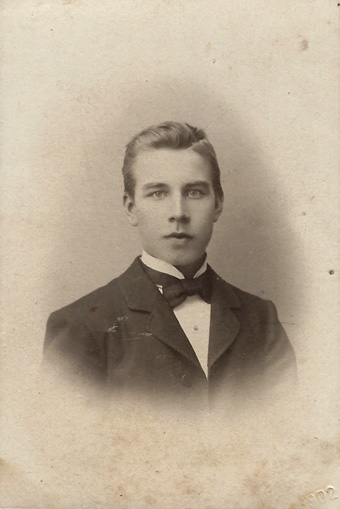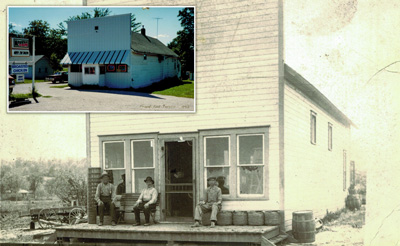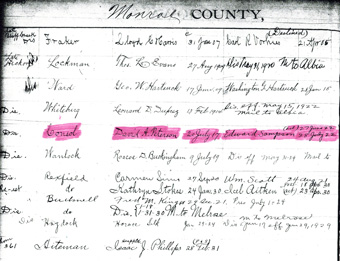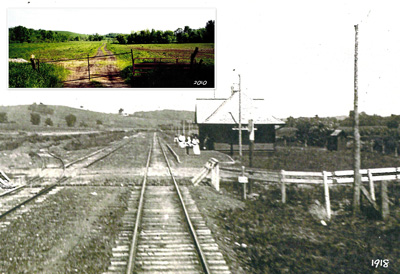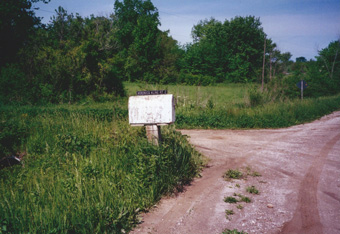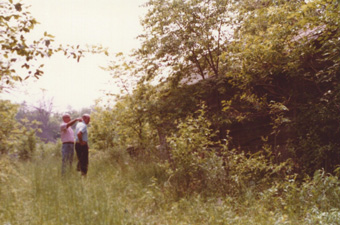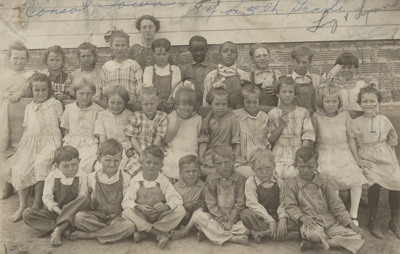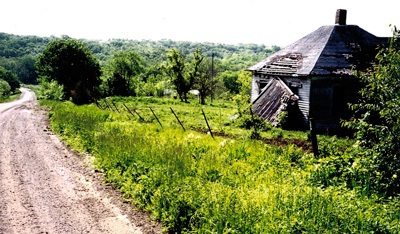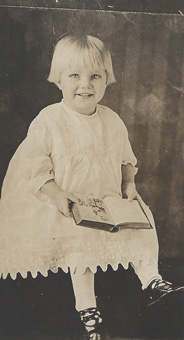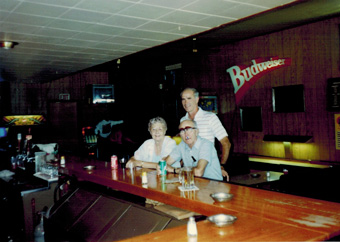
http://www.buxtoniowa.com • Consol, Haydock & Buxton Iowa, USA • 1871 - 2014
Consol, Iowa - Post Master David A. Peterson
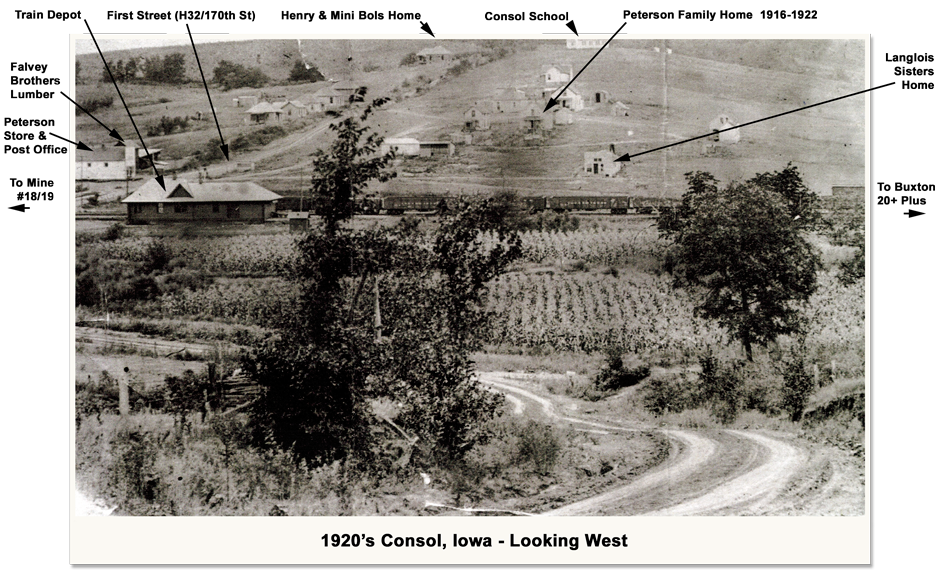
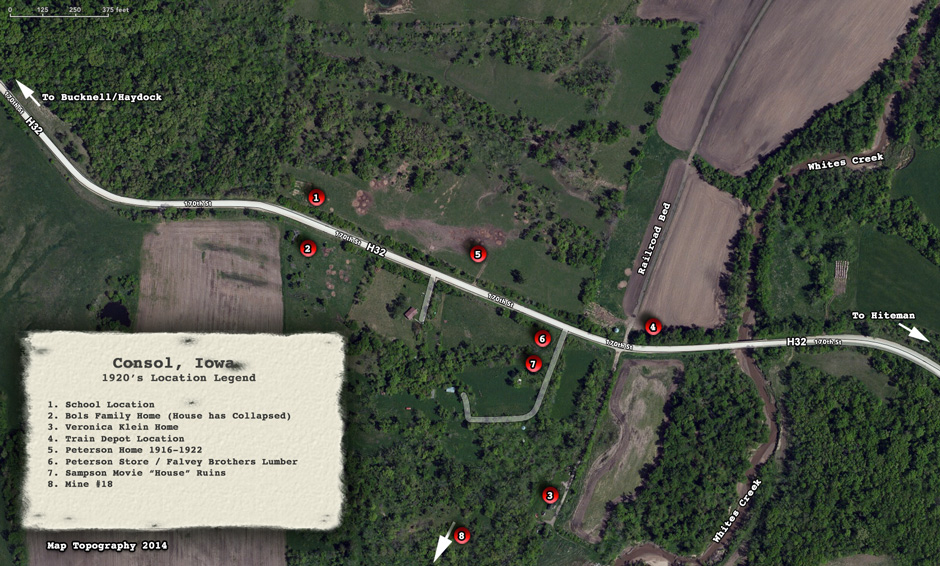
David A. Peterson, my grandfather, was the Post Master in the coal mining camp of Consol, Iowa from 1917 to 1922. The Consol Post Office was located in the front part of grandpa’s store that was located next to the Falvey Brother’s Lumber Yard in the Falvey addition. Grandpa’s store was a hardware type store with rolls of barbed wire and fencing for sale on the front porch of the store. Ed Sampson, my grandmother Emma’s uncle, became the Consol Post Master after grandpa moved the family from Consol to Haydock in 1922. Ed and his brother Ted also owned and operated in Consol the silent “Movie Hall,” as it was called. The movie hall (theater) was located to the south of grandpa’s store. Both the store and the movie house were near the railroad track and diagonally a short distance southwest from the train depot.
Grandpa’s story as a store owner began in Buxton in 1908. After being injured in a coal mining accident when slate fell on him that crippled him for life, he went to work in J.E. Larson’s general store in Buxton’s East Swede Town. He later opened a store with Albert Hagglund in the Buxton “suburb” of Coopertown only to have it burn down in 1916. The store was in the same building with B.F. Cooper’s drug store. Cooper was one of the first black pharmacists in Iowa. Albert’s son Paul was a life long resident of Ottumwa. Paul passed away last September at the age of 86 years.
Since at the time of the fire, the mines in the Buxton coal fields were being depleted, Grandpa elected not to rebuild in Coopertown. Instead he decided to open a store in Consol near where the Consolidation Coal Company was moving its coal mining operation from Buxton by opening mine number 18. Consol was one mile to the north of mine 18. Along with Consol, a coal mining camp was developed near number 18 mine. It was called 18 Camp. Store owners in the mine 18 camp included Elmer Larson (son of J.E. Larson), Jack Williams Jr. (pool hall) and Art Armstrong (son of Hobie Armstrong). According to Francis Butcher, whose family lived at the 18 camp, the company had a store at 18 camp, but it was small in comparison to the store the company had in Buxton.
The laying track from Buxton to over 20 miles to mine 18 near Consol was a large undertaking and included a “big Dig” in order to create an railroad underpass that passed under the Burlington and Wabash railroad tracks that ran north and south. The “Big Dig” is still in evidence on the east side of Highway 5 between Albia and Lovillia. Once the track was completed, mine 18 started hoisting coal in 1916. Shortly thereafter, mine 18 became the largest producer of coal in Iowa at nearly 4,000 tons per day.
Grandpa’s store in Consol had an ideal location since it was near the intersection of the railroad tracks (Main Street) and First Avenue (H32), the main road through Consol. The family home was just a couple of blocks across First Ave to the north of the store in the area of Elm and Oak Streets. Three children - Naomi, Bernard and Ruth Pauline - were born when the family lived in Consol from 1916 - 1922. Sadness prevailed in 1922 when Irving, the oldest son, died of blood poisoning after he stepped on a rusty nail while helping on his Uncle Hjalmer and Aunt Hazel Nylander’s farm in Eveland, two mile east of Buxton. Ruth Pauline died a short time after Irving’s death. There were difficulties during her birth.
The family continued to worship at the Ebenezer Lutheran Church 20 miles away in Buxton’s East Swede Town. My dad’s confirmation bible shows he was confirmed at the church on July 8, 1923. In spite of the church being over 20 miles from Consol, the family children continued to attend Swede School in the Buxton church during the summer months, possibly staying with their grandparents, Adolph and Anna Nylander, who remained living in Buxton’s East Swede Town. The Consol school was located a short distance up the hill to the northwest from their family home between Elm and Oak Street. The school was located across the road from the home of Henry and Mini Boles. The ruins of the Boles’ home can still be seen along with the turkey vultures that now nest in the ruins of the Bols' home.
The distance was four miles via Route 32 between Consol and mine 19’s Bucknell coal camp. The Haydock coal camp was west of Bucknell and wasn’t developed until 1922, the same year my grandparents moved their family to Haydock from Consol. In 1921 the road between Consol and Bucknell became infamous when grandpa along with his young son Irving were robbed of $700 on Maddy’s Hill. Prior to moving and opening a store in Haydock, grandpa delivered groceries the four miles to Haydock from Consol. $700 is a considerable sum when you consider the median family income at the time was not much more than $2,500 per year. Grandpa never recovered the money, but he was certain of the identity of the robbers. Coal mining historian John Jacobs of Rose Hill provided me a newspaper article regarding the robbery.
The Consolidation Coal Company control over the lives of the miners changed when it began moving its operation from the Buxton coal fields to the Consol coal fields and mine 18 in 1916. The coal company wasn’t able to secure a single large parcel of land for company homes as it had with the one square mile of property it owned in Buxton. The land they did procure was pretty much limited to land around mines 18, 19 and 20. For that reason, large parcels of land throughout the area were privately owned and not subject to the company’s restrictions and regulations. Grandpa’s store in Consol was owned by the Falvey Brothers and located in what was known as the Falvey Addition. When Grandpa Peterson opened his store in Haydock, he purchased the land for the Peterson store and home from John Williamson, who owned 40 acres of prime location land in that area. Other than a company store near mine 18, the company didn’t offer as many amenities to miners that moved to the Consol coal fields from Buxton (Buxton had two YMCA’s!). Since the coal company did offered passenger rail transportation from Buxton to Consol, a vast majority of the miners, especially blacks, remained in Buxton and commuted by rail daily to mines 18 and 19. Of course, those miners were left out in the cold when the company eliminated the passenger rail transportation to mines 18 and 19 in 1923. The miners who did move from Buxton to the Consol coal fields after passenger rail transportation was ceased were predominantly black and ended up living in what became segregated black areas in Haydock. That location was not far from where mine 20 was to be located.
The demographics of the coal camps for mines 18 and 19 in the Consol coal field was whites out numbering blacks 3 to 1. This is according to the Census of that period. The Census data for Buxton around 1910 before the Consol coal fields were developed was 2 to 1, blacks to whites. With the demographics changing that significantly in the move to Consol from Buxton, black/white relationships did deteriorate in the Consol coal fields and a degree of separation existed including later the Ku Klux Klan. With the loss of company control over the miners’ lives and the fact that the Consolidation Coal Company sold the mines to the Superior Coal Company of southern Illinois, the “black utopia” that existed in Buxton changed dramatically when they moved to the Consol coal fields. The Superior Coal Company was not known for employing blacks in their Gillespie,Illinois coal mining operation That said, the good black and white relationships that had developed in Buxton were still maintained in Consol, Haydock and Bucknell by most miners and their families.
With her father being Post Master, Naomi, the fourth Peterson daughter that was born in 1918, would as a young girl bring “pretend” letters to the post office to be sent to the relatives in Sweden. However, it is doubtful that the letters were ever sent to Sweden.
One of Dad’s favorite memories of living in Consol was with the announcement of the end of WWI on Armistice Day, November 11, 1918, Mrs. Helen Richardson, a neighbor, celebrated by beating on one of her pots like a drum so hard that she beat a hole in the bottom of the pot.
The year 2017 will mark 100 years since the Consol Post Office was first opened in the front of my grandfather’s store. The building is now the North End Tavern in Lovilia, that is owned by Joanne Ford. The building has been expanded to include a dance hall. When my dad was alive and during our visits to the coal mining camps, we stopped at the tavern to have a soft drink. It was a valued time with my dad and as we were often accompanied with mom, we would sit in the tavern and reminisce about life in the mining camps during the “Coal Dust Era” and about his father and my grandfather, David A. Peterson, the Consol Post Master.
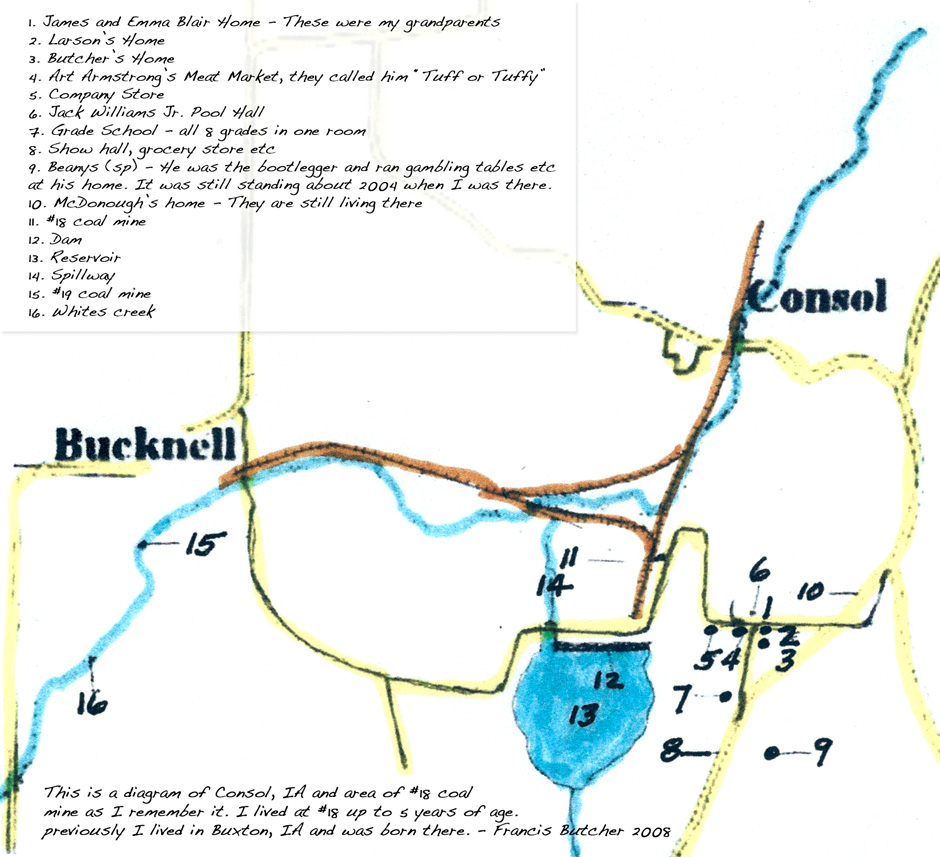
Francis Butcher map of the Consolidation Coal company Mine 18 Camp. Mine 18 Camp was a little over one mile south of Consol. Francis generated the map in 2008 just prior to his death.
